The Magic of Ordinary Moments
For sketchbook artists, drawing the everyday is a treasure trove of inspiration. Some of the most powerful art doesn’t come from exotic travels or dramatic landscapes—it starts in our kitchens, on public benches, or in line at the grocery store. When captured with care, ordinary moments can transform into extraordinary visual stories, filled with personality, nuance, and emotion.
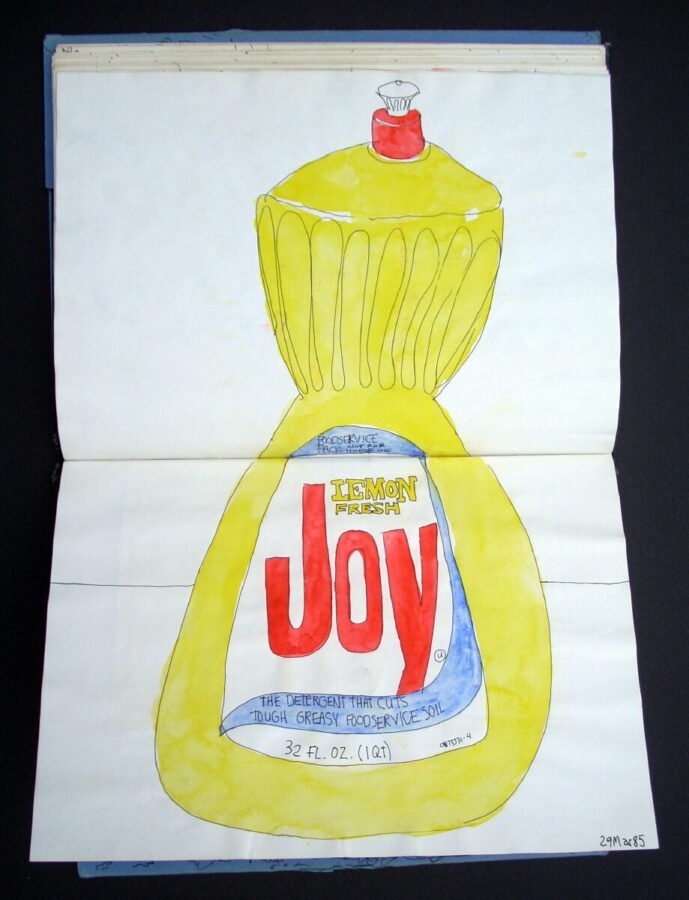
credit: ABZ
11/12
Sketch Challenge Submission
Deadline: Days ::
Challenge: Drawing the Everyday | How Ordinary Moments Become Extraordinary Sketchbook Studies
Submissions: 11/12
To participate in the challenge!
Daily life offers endless opportunities to sharpen your skills and deepen your perspective.
- Encourages mindfulness and presence
- Trains your eye to recognize beauty in simplicity
- Builds confidence in drawing from observation
- Inspires authentic storytelling
- Challenges you to think creatively in limited time
Documenting quiet slices of life—not just polished compositions—gives your sketchbook depth and soul.

Everyday Subjects that Shine in a Sketchbook
What makes a moment sketch-worthy? Anything you notice.
Sketchbooks.org | VISUAL RESEARCH HUB
Still-life Everyday Objects Sketch Examples
Visual research is critical for any creative endeavor. We have compiled specialized links to lead you directly to images, videos, and inspiration for "Still-life Everyday Objects Sketch Examples" across the web's best visual search platforms.
Domestic Details
Objects like mugs, bedsheets, or tangled cables become portals to texture, balance, and tone studies. Sketching what’s around you builds familiarity with form and shading.
People in Transit
Capturing commuters, shoppers, or cafe patrons teaches gesture drawing and movement. Even a quick sketch preserves energy and character.
Found Objects
Leaves on sidewalks, receipts on tables, or fruit rinds by the sink—these tell stories of time and place. When sketched thoughtfully, they become poetic artifacts.
Light and Shadow
Tracking how natural light hits your workspace or living room transforms routine spaces into dramatic, mood-rich scenes.
Building a Daily Sketch Habit
You don’t need hours or perfect conditions. Just a sketchbook and intent.
Keep It Small
Sketch for 5–10 minutes a day. The goal is rhythm, not masterpiece creation.
Let Go of Perfection
Some days your lines will wobble or proportions won’t sit right. Keep those pages—they reflect your growth and persistence.
Use Prompts for Variety
Try “Draw what you ate,” “Sketch someone waiting,” or “Capture today’s weather.” Prompts stretch your imagination and encourage deeper observation.
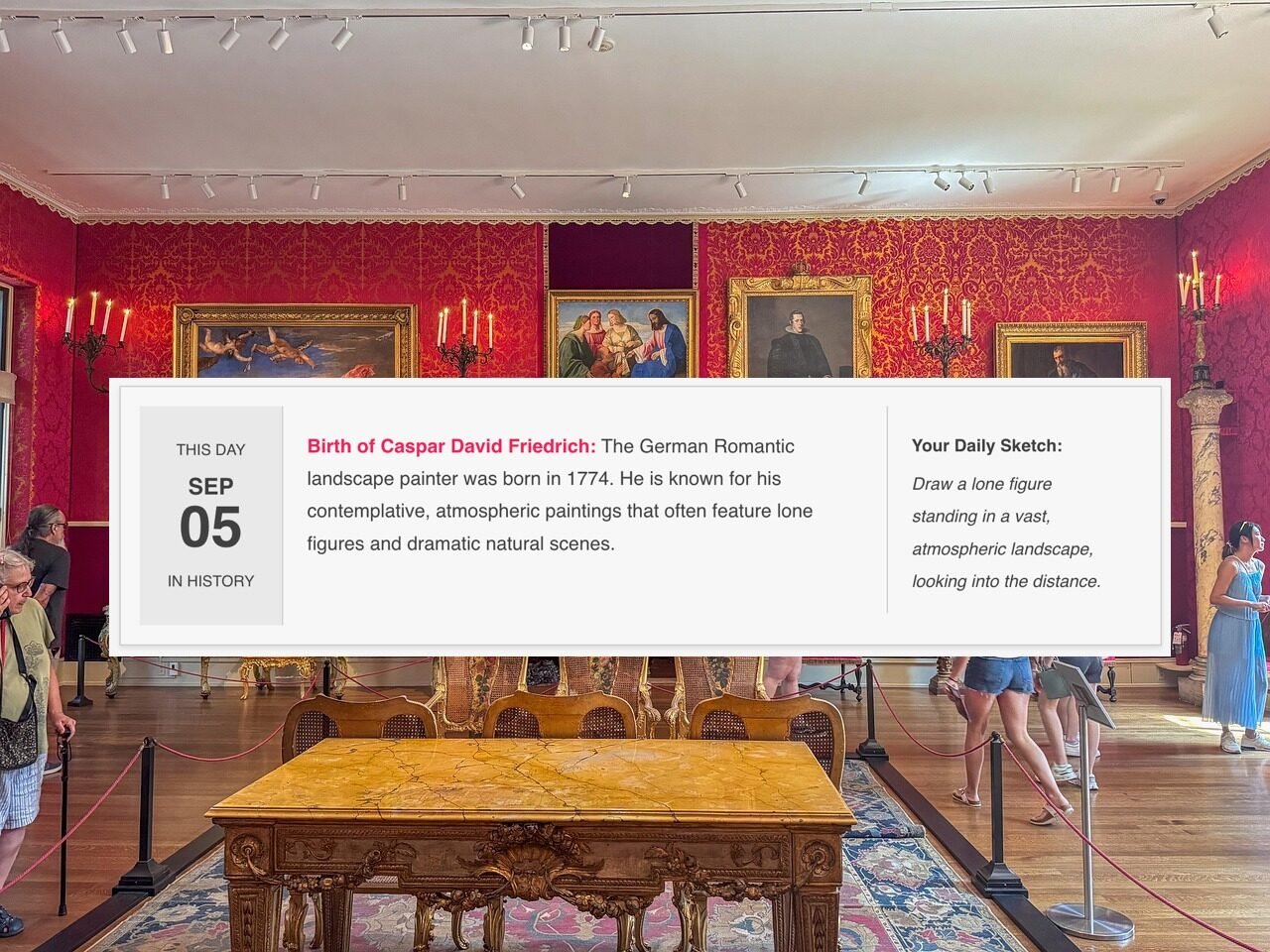
Tools for Everyday Sketching
Practicality matters when sketching on the go. Keep your kit simple and effective.
- Pocket sketchbook or folded paper
- Fineliner pen or mechanical pencil
- Travel-friendly watercolor set
- Optional: portable seat or clip-on light for low light
Don’t let the absence of fancy tools keep you from drawing. Some of the most expressive sketches come from minimal setups.
Techniques to Enrich Your Studies
Crop the Scene
Zoom in on a single detail—a shoe, hand, or slice of bread—and make it the focal point.
Annotate with Words
Add thoughts, times, locations, or sounds around your sketch. These build context and preserve the emotion behind your art.
Try Multiple Perspectives
Draw the same subject from different angles—front, side, top—over a few days. It helps develop spatial awareness and variety.
Use Negative Space
The space around your subject can be just as expressive as the subject itself. Play with balance and contrast.
Elevating the Ordinary into Art
You don’t have to leave these studies trapped in your sketchbook.
Scan and Curate
Collect favorite pages into themed digital albums. They can become blog posts, storyboards, or portfolio extras.
Expand into Finished Pieces
Use sketches as foundations for larger works. A quick drawing of your morning window might evolve into a full-color landscape or mixed media collage.
Inspire Others
Share your daily sketches on community platforms or social media. They foster connection, relatability, and creative exchange.
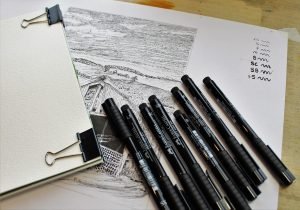
Sketchbooks.org | TRADITIONAL MATERIALS
Fine Liner Ink Pens | Various Size Tip Black Ink Pens
Your Key to Sketchbook Inspiration When it comes to precision, clarity, and versatility, fine liner ink pens are indispensable tools for artists. These pens, with their consistent ink flow and sharp tips, are ideal for...
Frequently Asked Questions
Why should I sketch everyday life instead of dramatic subjects?
Daily scenes help develop observation, storytelling, and appreciation for subtle moments.
How do I know what to sketch?
Look for things that catch your attention—textures, light, gestures, or emotions tied to a moment.
Is it okay to sketch messy scenes or incomplete objects?
Yes. These raw moments often carry the most character and realism.
What if I only have a few minutes to draw?
That’s enough. Even 3–5 minutes of sketching builds habit and hones skill.
How do I stop overthinking my drawings?
Set a timer and draw without judgment—let your sketchbook be a place of experimentation, not performance.
Should I post everyday sketches online?
If it feels right—sharing honest art builds community and reminds others that beauty is everywhere.
Can I combine writing and drawing in one sketchbook?
Absolutely. Blending visual and verbal storytelling strengthens your connection to each page.
What’s the best way to track progress over time?
Date your pages, revisit old entries monthly, and note improvements in technique and confidence.
Final Thoughts
Drawing the everyday isn’t just an artistic exercise—it’s a celebration of life’s quiet details. Through consistent sketchbook studies, ordinary moments become windows into your imagination, your values, and your way of seeing. Whether it’s the shape of a coffee mug or the slant of morning light, your drawings build a rich archive of who you are and how you experience the world.
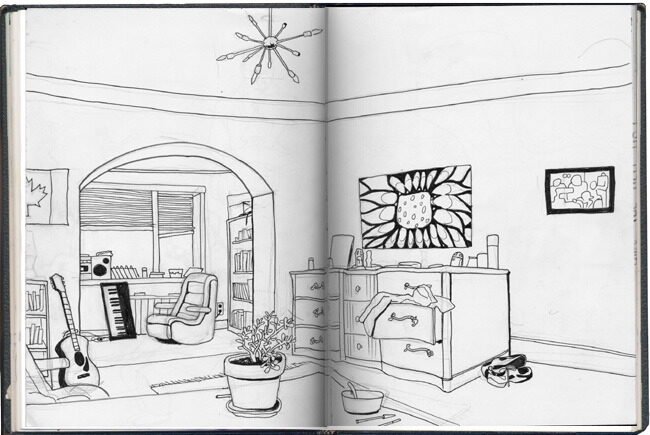
credit: DANMETH
Ready to Share Your Work?
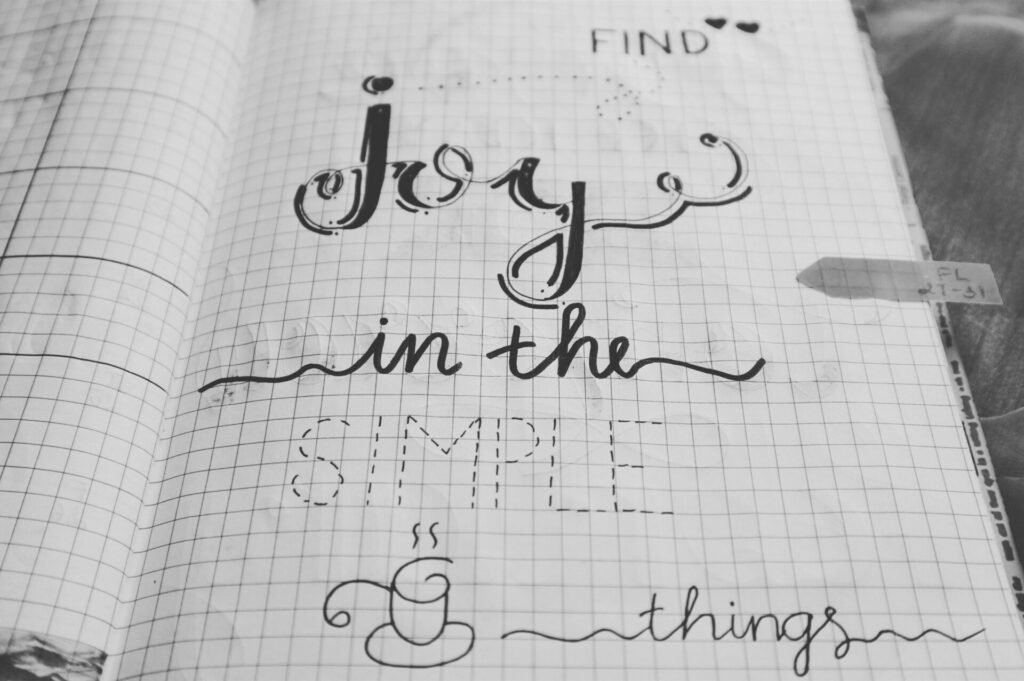




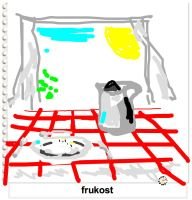
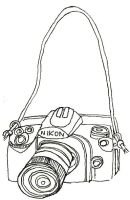




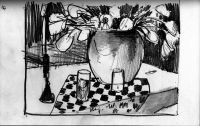





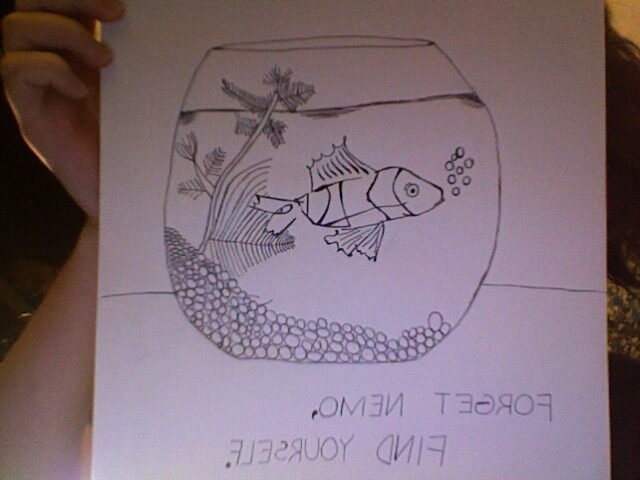
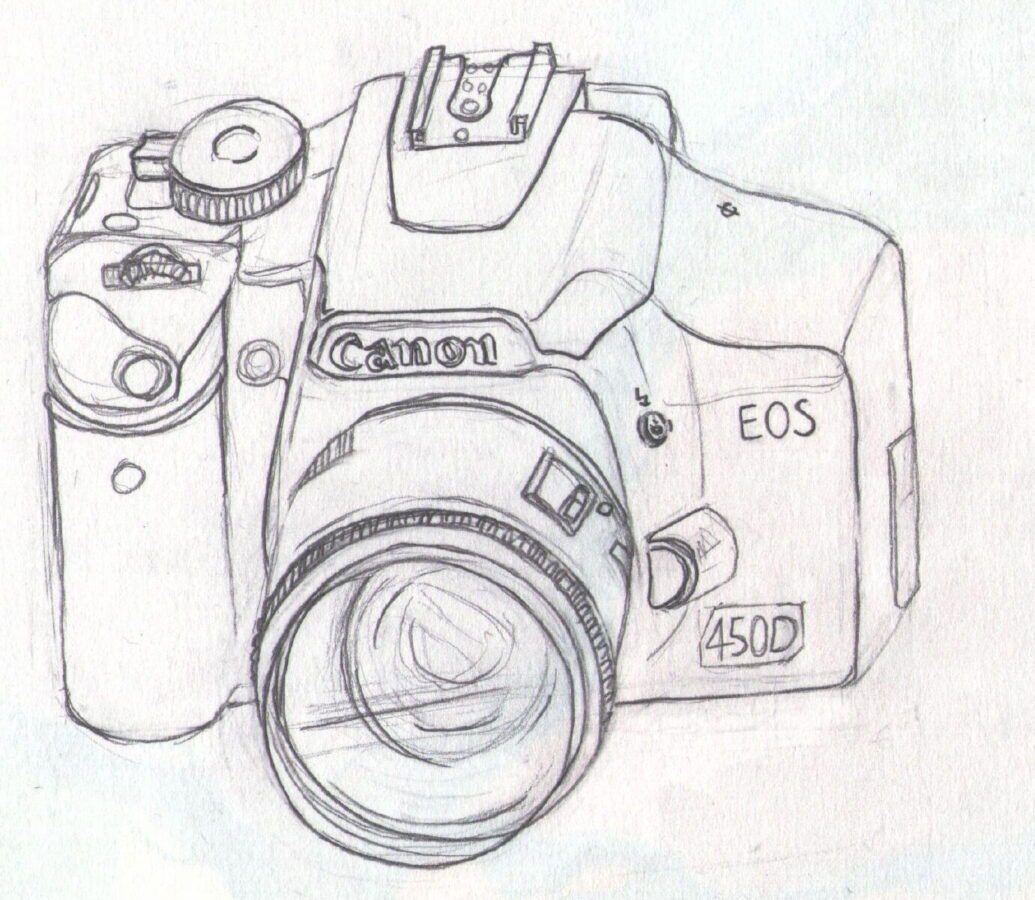

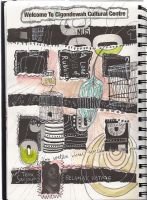







Everyday is everyday and everyday I draw the everyday.
Still life or isolation? I draw a few things at a time, then try to fill up the rest of the space.